#bobspearcarving
Explore tagged Tumblr posts
Photo
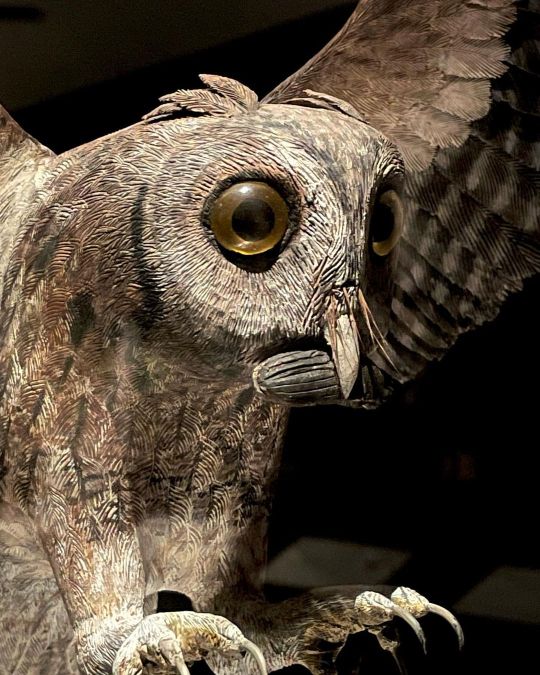
How your Valentine found you the perfect gift. #BeetlesAreYummy #perfectValentines This carving of an Eastern Screech Owl was carved by Bob Spear. #BobSpearCarving #BirdsofVermontMuseum #EasternScreechOwl #BirdCarving (at Birds of Vermont Museum) https://www.instagram.com/p/Coqb4uzus2J/?igshid=NGJjMDIxMWI=
#beetlesareyummy#perfectvalentines#bobspearcarving#birdsofvermontmuseum#easternscreechowl#birdcarving
0 notes
Photo

Today is the last day of Bird Art Week 2022, and today’s prompt was “round birds.” This carving of a White-throated Sparrow by Bob Spear is a little rounder than some of his other carvings, as this bird is often seen in the winter in Vermont. When cold, birds fluff their feathers up to create an insulating layer between their body and the cold air. Bob Spear carved this bird in 1982 and it took him approximately 35 hours. To learn more about Bird Art Week follow at @cornellbirds and #BirdArtWeek2022. #BirdArt #Woodcarving #BirdCarving #BobSpearCarving (at Birds of Vermont Museum) https://www.instagram.com/p/CmScqBbPaay/?igshid=NGJjMDIxMWI=
1 note
·
View note
Photo
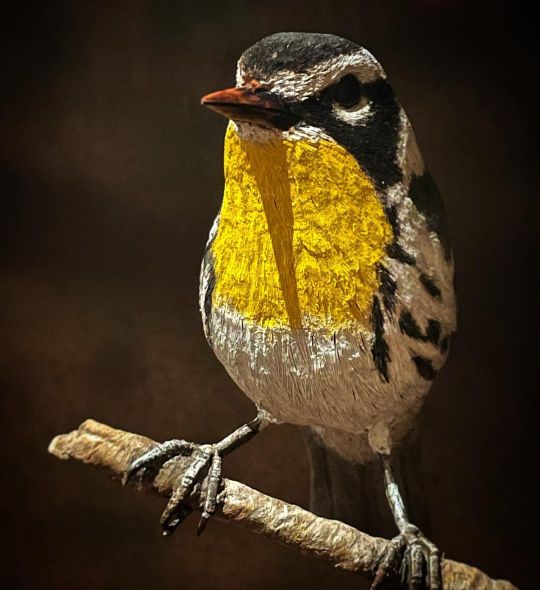
A rare Yellow-throated Warbler was seen on the shores of Lake Champlain during the first week of a December. It is a treat for birders to see this beautiful bird. Hopefully it has now headed south to find a more suitable wintering spot. This species typically spends the winter in the southern part of Florida, the southeastern part of Texas, and into Mexico, Central America, and the Caribbean islands. This carving was created by Bob Spear in 1988 and took him 13 hours. #yellowthroatedwarbler #SetophagaDominica #VTBird #BirdCarving #BobSpearCarving #WildlifeArt #VermontArtist (at Birds of Vermont Museum) https://www.instagram.com/p/Cl6F0HWu7fA/?igshid=NGJjMDIxMWI=
#yellowthroatedwarbler#setophagadominica#vtbird#birdcarving#bobspearcarving#wildlifeart#vermontartist
0 notes
Photo
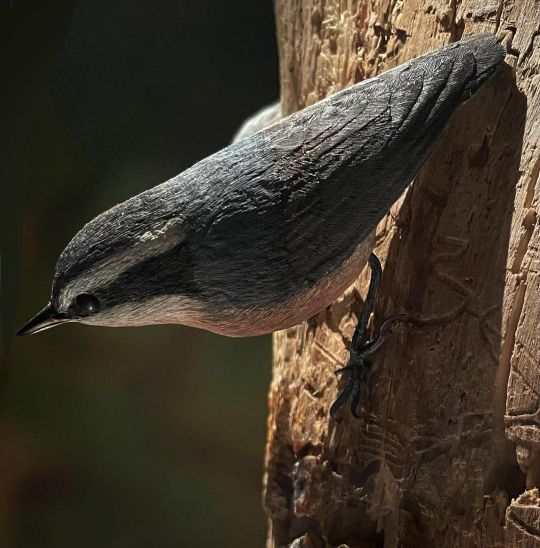
Have you read the Winter Finch Forecast by Tyler Hoar? Each year the forecast attempts to predict the movements of nomadic winter finches including predicts far south they may travel. (Leading to great excitement for birders!) Predictions are based on the abundance of food during the breeding season, and the amount of available winter food. According to this winter’s Finch Forecast it is predicted to be a good “finch” year! Species predicted to have bigger than normal movements include redpolls, crossbills, grosbeaks, and Pine Siskins. The changing food crops in the Boreal Forests also influence some birds we in Vermont consider permanent residents, including Blue Jays and Red-breasted Nuthatches. These species will move en-masse to find food, and it is predicted that the northeast will see more of them this year than previous years as they move south from Canada in search of food. Red-breasted Nuthatches have been moving through in large numbers for the past few weeks. Have you seen any? This carving was completed by Bob Spear in 1992 and took 35 hours. #winterFinchForcast #tylerhoar #redbreastednuthatch #bobspearcarving #birdsofvermontmuseum #winterbirding (at Birds of Vermont Museum) https://www.instagram.com/p/CkS5fmLOrPV/?igshid=NGJjMDIxMWI=
#winterfinchforcast#tylerhoar#redbreastednuthatch#bobspearcarving#birdsofvermontmuseum#winterbirding
0 notes
Photo
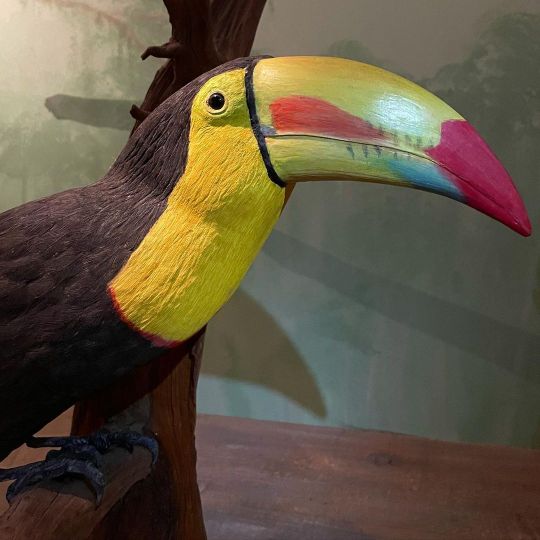
Can one bird make a pun? No, but toucan! (Thank you Kerry Hurd for the joke). Thank you also to Kerry and Linda Hurd (and their family) for choosing the Museum as the venue for your re-commitment ceremony. It was a wonderful celebration ❤️. Here’s to 35 more years! This Keel-billed Toucan was carved by Bob Spear in 1997 and took him 59 hours to complete. The species is not found in Vermont but Bob was inspired to create this piece after visiting Belize. #BirdJoke #BirdPun #BobSpearCarving #KeelbilledToucan #WeddingCeremont #RecommitmentCeremony (at Birds of Vermont Museum) https://www.instagram.com/p/CiJEgOpux3E/?igshid=NGJjMDIxMWI=
0 notes
Photo
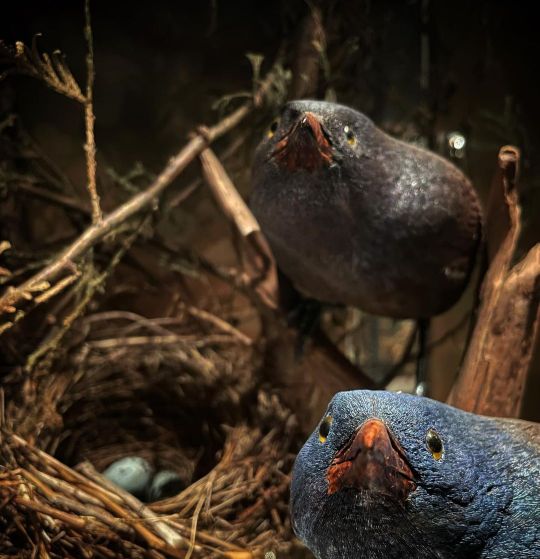
Birds look funny when you look at them from the front. This pair of Common Grackles were carved by Bob Spear in 1992. They can be seen from all angles when visiting the Museum. #WoodCarving #BirdCarving #BobSpearCarving #CommonGrackle #VermontMuseum (at Birds of Vermont Museum) https://www.instagram.com/p/Cg5mBG3OsKd/?igshid=NGJjMDIxMWI=
0 notes
Photo
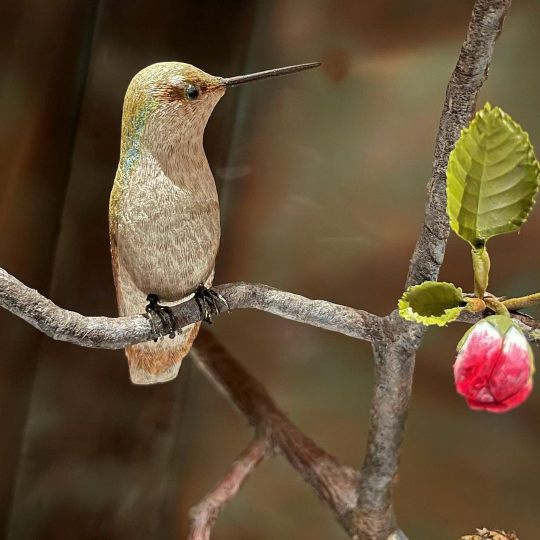
Happy #femalebirdday. This little female Ruby-throated Hummingbird was carved by Bob Spear in 1985. #BobSpearCarving #hummingbird (at Birds of Vermont Museum) https://www.instagram.com/p/CeNDDCpu8_R/?igshid=NGJjMDIxMWI=
0 notes
Photo
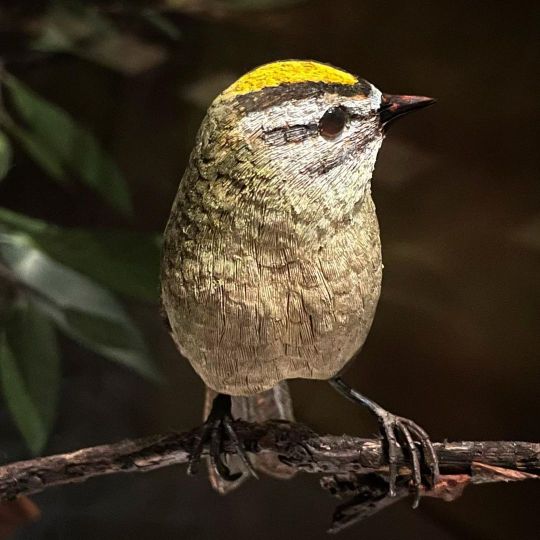
The Kinglets are on the move, and have been seen numerous times this weekend in Huntington, VT. Golden-crowned Kinglets (pictured here) are year round residents in Vermont, and nests in spruce-fir or other conifer dominated forests. This bird was carved by Bob Spear in 1986, and took him 16 hours. #VTBirds #GoldenCrownedKinglet #RegulusSatrapa #BobSpearCarving #WoodCarving #BirdCarving #HuntingtonVT (at Birds of Vermont Museum) https://www.instagram.com/p/CcbQzYkv9nF/?igshid=NGJjMDIxMWI=
0 notes
Photo
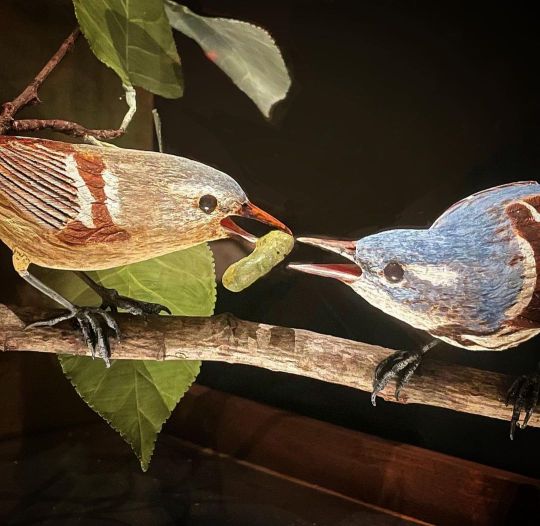
Hope you find the perfect gift for your Valentine. #CeruleanWarbler #BobSpearCarving #Birdcarving #CaterpillarTreat #IPreferChocolate (at Birds of Vermont Museum) https://www.instagram.com/p/CZ-MGN1PLFi/?utm_medium=tumblr
0 notes
Photo

This Tuesday, Feb 10th at 6:00 is the next session of Ask A Naturalist with @audubonvermont! This month we will be answering all your Owl questions. Sign up at Audubon Vermont’s website, or DM us for the link. Post your questions here, and we will try to answer all of them! #WhatDoYouWonder #Owl #AskANaturalist #BirdCarving #ShortearedOwl #BobSpearCarving (at Birds of Vermont Museum) https://www.instagram.com/p/CZssN3yLkmV/?utm_medium=tumblr
0 notes
Photo

Bob’s notes on how to carve a Turkey. Swipe for the finished carving. Happy Thanksgiving! #only1230Hours #TurkeyCarving #WildTurkey #BobSpearCarving #WoodCarving #BirdCarving #BirdsOfVermontMuseum (at Birds of Vermont Museum) https://www.instagram.com/p/CWrOXRzPMzn/?utm_medium=tumblr
#only1230hours#turkeycarving#wildturkey#bobspearcarving#woodcarving#birdcarving#birdsofvermontmuseum
0 notes
Photo

It’s #NationalMothWeek! You can share your sightings and learn about moths in your area @inaturalistorg. This Cecropia Moth was carved by Bob Spear, and in on exhibit in the Museum’s workshop. #CommunityScience #Biodiversity #whatsInYourBackyard #WoodCarving #VTWildlife #BobSpearCarving (at Birds of Vermont Museum) https://www.instagram.com/p/CRqyZpvLXTA/?utm_medium=tumblr
#nationalmothweek#communityscience#biodiversity#whatsinyourbackyard#woodcarving#vtwildlife#bobspearcarving
0 notes
Photo
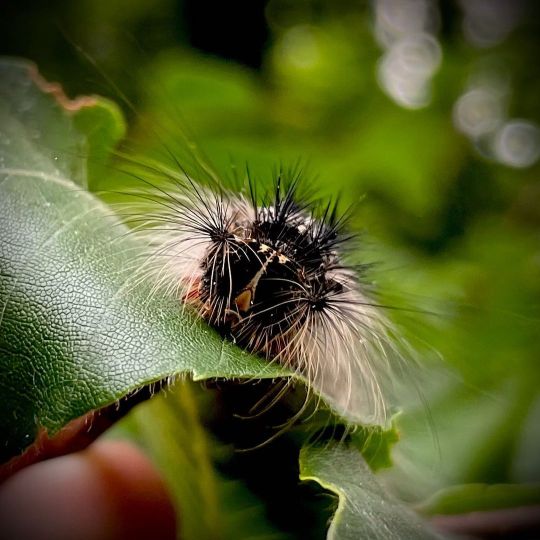
This year has been one of the worst outbreaks of Gypsy Moths in decades. These invasive insects were introduced to Massachusetts in 1869, and since then have been munching on leaves and defoliating trees spreading across the northeast, into southern Canada, and west through Michigan. The Black-billed Cuckoo is a bird known for eating these caterpillars. Many birds avoid eating these hairy caterpillars, but Black-billed Cuckoos are well-known for eating many of them, and they have a unique adaptation for dealing with these hairy insects. The hairs pierce the lining of the stomach and stay there. After eating many caterpillars the bird regurgitates the lining as a pellet, removing all the hairs from their body. The Black-Billed Cuckoo carving was created by Bob Spear in 1983, and it took him 143 hours. #BlackBilledCuckoo #coccyzuserythropthalmus #BirdFacts #BirdCarving #GypsyMoth #BirdFood #BobSpearCarving #VermontMuseum (at Birds of Vermont Museum) https://www.instagram.com/p/CRCDhLQBhgY/?utm_medium=tumblr
#blackbilledcuckoo#coccyzuserythropthalmus#birdfacts#birdcarving#gypsymoth#birdfood#bobspearcarving#vermontmuseum
0 notes
Photo

The Birds of Vermont Museum supports the work of @birdnames4birds. Eponymous and honorific common bird names elevate individual human observers over the birds themselves, and can commemorate colonialism and perpetuate racism. Changing these names can help make birding inclusive and welcoming as well as fostering a deeper knowledge of the species. This carving by Bob Spear is of a beautiful but critically endangered (possibly extinct) bird. It is currently named the Bachman's Warbler; we hope to see a new name soon. Please check out and support this initiative to advance equity, diversity and inclusion within the birding community. #BirdNames4Birds #BirdNamesForBirds #NatureForAll. #BirdingIsForEveryone #BobSpearCarving. #BirdCarving #ScienceAndArt (at Birds of Vermont Museum) https://www.instagram.com/p/CMxEnF4BC7v/?igshid=2qagjf4r625p
#birdnames4birds#birdnamesforbirds#natureforall#birdingisforeveryone#bobspearcarving#birdcarving#scienceandart
0 notes
Photo

Snowy Owls are still being seen around Vermont. This one can be seen anytime at the #birdsofvermontmuseum! This carving, by Bob Spear, is part of our winter diorama. #woodcarving #birdcarving #snowyowl #bobspearcarving (at Birds of Vermont Museum) https://www.instagram.com/p/CIR_49bhRjp/?igshid=qtegqmsfhx3q
0 notes
Photo

Evening Grosbeaks are being seen throughout Vermont this fall. This is likely due to a successful breeding season in Esstern Canada due to outbreaks of spruce budworm followed by a relativly poor seed crop. Many birds are moving south into northern New England and northern New York to look for food. Have you seen any in your area? These two birds were carved by Bob Spear in 1988 and took him 33 hours. #eveninggrosbeak #bobspearcarving #birdsofvermontmuseum #winterfinchforecast #irruptivespecies #winterbirds (at Birds of Vermont Museum) https://www.instagram.com/p/CHGQcwTBQhO/?igshid=dwag3kjeva4r
#eveninggrosbeak#bobspearcarving#birdsofvermontmuseum#winterfinchforecast#irruptivespecies#winterbirds
0 notes